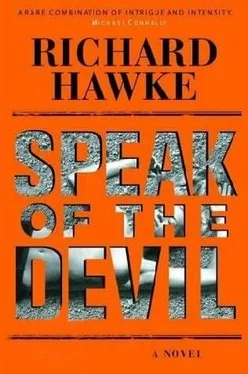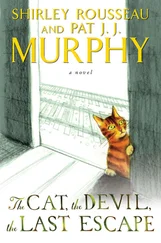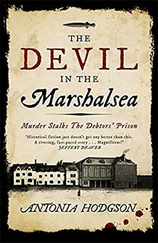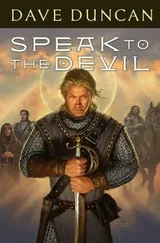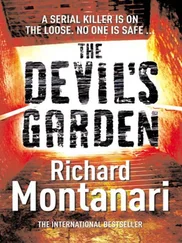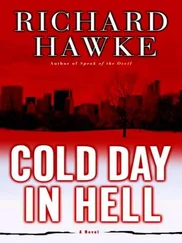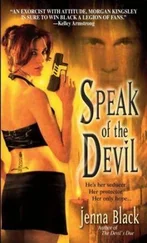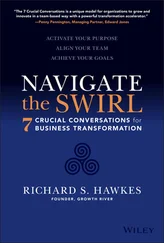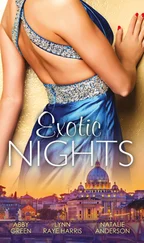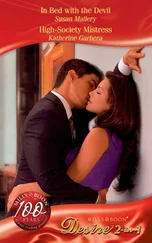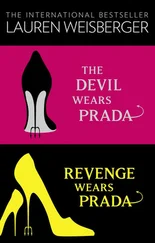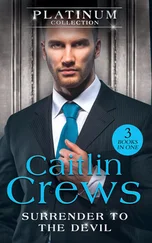“You’ve got it.”
“Something really rich for dessert.”
“Name it.”
“I want you to come back home tomorrow in one piece.”
“I always have.”
“Right.” She sniggered. “Sometimes.”
THE CLOISTERS IS A BRANCH OF THE METROPOLITAN MUSEUM OF Art. I can get to the Met from Margo’s by walking directly across Central Park. Catch me in a jogging mood and I can make it there in ten minutes. But the Cloisters is located in Fort Tryon Park in upper Manhattan, a mile beyond the George Washington Bridge and some six miles from Margo’s place. I’m not that fond of jogging.
I took the A train to 190th Street, where a cattle-style elevator brought me up to street level. They call this part of Manhattan Washington Heights. The area is essentially a long bulge running north-south along the Hudson, rivaling in height the bare-faced Palisades cliffs across the river in the state that isn’t New York. The rents are more reasonable here than farther south in the city, and the racial mix is decidedly melting-pottish. In recent years the yuppies and neo-yuppies have purchased places in Washington Heights. There may not be a Starbucks or a Banana Republic on every corner yet, but housing wise you get more bang for the buck, especially if you nab a place with a view of the river.
The sun was out. The sky was blue. There was an autumn nip in the air. I was getting by with a light sweater, a Yankees cap and a checked sport jacket. There’s a used-clothing place on Columbus Avenue called Housing Works. Margo and I had gone there just before they closed Friday night and picked up the sport jacket for fifteen dollars. It was part of my disguise. I’d be able to write it off on my taxes.
I met Philip Byron at a stone gate on the south end of Fort Tryon Park. He looked pale and unhappy. Next to him on the ground sat a large green JanSport backpack. It was bulging like an overstuffed sausage.
“Is that a million dollars in there?” I asked.
“You have no idea how difficult it was to pull this together so fast.”
“Come on. A politician. A million bucks. Sounds like a finger snap to me.”
“You’d be wrong.”
I grabbed hold of the canvas strap at the top of the bag and lifted. Good thing I had used my healthy arm. “I hope Nightmare isn’t a weakling.”
“I don’t like this,” Byron said. “I can think of a dozen better ways to arrange a hand-off. He’s got something in mind.”
“Of course he does. And he knows we know it. And he knows we don’t know what it is. That’s about as level a playing field as we’re going to get here.” I hoisted the bag onto my right shoulder. It would have been easier to carry it on my back, but I didn’t trust the torquing of my bad shoulder. I asked, “Where’s the cop?”
Byron frowned at me. “What do you mean?”
“I mean you’re standing on a street corner with a million dollars in a backpack. Our resident psycho is out here somewhere. Probably somewhere close. I’m not calling you a coward, I’m just saying you don’t strike me as stupid.”
“He explicitly instructed no cops. No one touches him.”
“I know what he instructed. But I also know how the police operate.”
My eyes traveled down the wide road. There was a fair amount of street traffic, most of it coming into the park. A hot-dog cart stood near the gate. The vendor stood leaning against the cart, smoking a cigarette. Byron shook his head slowly. Another elevatorload of people had just come up from underground, most of them drifting toward the Cloisters. About two hundred feet from the gate, a large black man was stretched out on a bench, sleeping.
“Don’t tell me it’s him. A child could pick that up.”
Byron shook his head again. “It’s the nanny.”
I followed his eyes. Across the street from where the man was sleeping, an Asian-American woman was seated on a bench with a blue baby carriage in front of her. She was reading a paperback book.
I asked, “Is there a real baby in there?”
“Video camera. Wide-angle lens.”
“You’re breaking the rules.”
“Not really. No one said anything about not taking pictures.”
“Will she follow us?”
“At a distance. Outside only. We’ll be picked up inside by someone else.”
“I thought Leavitt was keeping this whole thing as quiet as possible.”
“The undercovers don’t know the details. Their instructions are to act for my safety, and once they’ve seen you, for yours.”
And with my checked sport coat, I’d be hard to miss.
“Remember what you said on the phone last night,” I said. “We want this to go smoothly and simply.”
“That’s the plan.”
“So no surprise interferences, right?”
“That’s right. We leave the bag, he picks it up, it’s over.”
We started walking. From the corner of my eye, I saw the “nanny” closing her book.
“You don’t even need me,” I said, adjusting the bag on my shoulder.
“Commissioner Carroll wanted you.”
“In case things go wacky.”
“They won’t. At least not on our end.”
We reached the stone gate. The hot-dog vendor tossed his cigarette to the street and called out in a light Irish brogue, “Hot dog, Mac?”
I answered back, “My name’s not Mac.”
Byron was a step ahead of me, so he didn’t see the guy’s wink. Nor mine back to him.
LET NO ONE SAY, AND
SAY IT WITH SHAME,
THAT ALL WAS BEAUTY
HERE, UNTIL YOU CAME
I read the sign out loud. It was planted in the ground at the base of the park’s heather garden. “Where I come from, they just say ‘No Littering.’ ”
Byron was putting on a pair of sunglasses. Along with his short hair and grim stiffness, they made him look like FBI. We walked without speaking along the dregs of the heather garden. I’d been there in the early summer, when the air was nearly choked with fragrances from all the flowers. Now it was fallow and scraggly. The Hudson was visible off to our left. A wide blue undulating ribbon.
Fort Tryon Park is laid out in a series of grass terraces broken up by large outcroppings of boulders left behind after the glaciers wormed slowly through several thousand years ago. A six-hundred-foot promenade weaves around the boulders, leading to the Cloisters. We approached from the south, the dramatic view. A pair of black crows were dive-bombing each other above the medieval building’s terra-cotta roof.
“Have you ever wondered what it would be like to be a monk?” I asked Byron.
“Never thought about it.”
“No sex. No pockets. No television. Eat like a bird. Out of the rack before the sun comes up. Never harm a hair on the head of a fly.”
“What are you talking about?”
“Monks,” I said. “Monks and nuns. Monasteries. Convents. The cloistered life. Turning away from the world’s distractions and focusing instead on the subtle rhythms of the spirit. Or maybe it’s the soul. I can never remember what the difference is.”
The sun glinted off Byron’s shades. “I’m not following you.”
“Just thinking out loud,” I said. “Whoever we’re handing over this money to obviously has some seriously crossed wires. You don’t normally associate nuns and monasteries with public massacres and blackmail. I think our Mr. Nightmare is what psychiatrists would call conflicted. What do you think? A very unhappy former choirboy, maybe?”
“We’re not here to analyze him. We’re here to pay him off.”
“What makes the mayor think this guy’s going to go away after this? It’s possible, I guess. But a million dollars in today’s world isn’t what it used to be. He could burn right through it and come on back for more.”
Читать дальше
